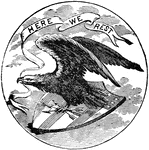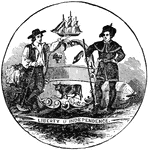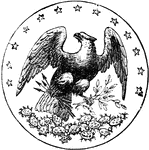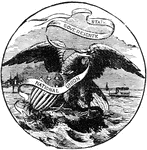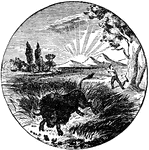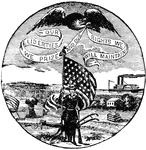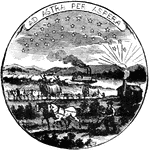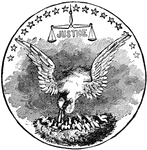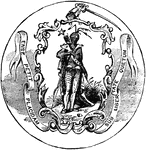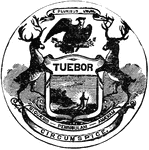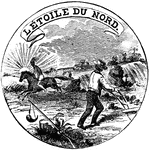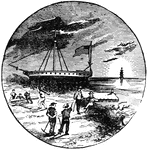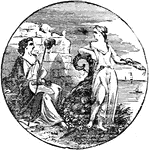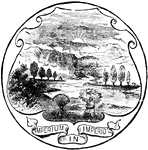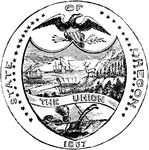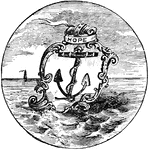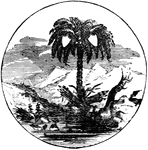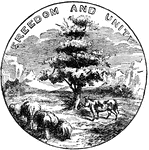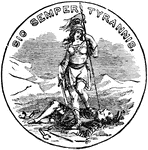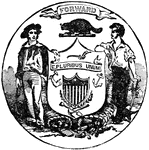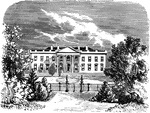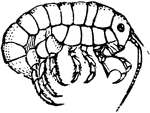
Amphipod
Amphipoda include over 7000 described species of small, shrimp-like crustaceans. Most amphipods are…
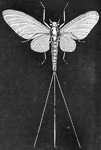
Day Fly
A May fly. So called because however long they may live in the larva state, in their perfect form they…
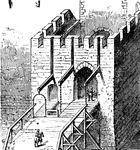
Draw Bridge
A bridge which may be drawn up or let down to admit or hinder communication, or to leave a transverse…

Magnified Louse
"A genus of insects, the type of a very numerous family, which forms the order Parasita or Auoplura.…

Chinese Tent
"The Chinese lower orders live much in tents. They are ordinarily of matting. These people are clever…
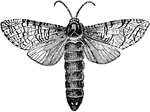
Bombycina
"Nocturnal moths, with the organs of the mouth in many cases so atrophied as to be unfit for use. These…

Bombycina
"Nocturnal moths, with the organs of the mouth in many cases so atrophied as to be unfit for use. These…

Bombycina
"Nocturnal moths, with the organs of the mouth in many cases so atrophied as to be unfit for use. These…

Bombycina
"Nocturnal moths, with the organs of the mouth in many cases so atrophied as to be unfit for use. These…

Common Pompano
A fish with a blunt snout and fins free of spines. Color is uniformly blueish above without dark bands…

Prairie Dogs
A rodent that live sunderground on prairies. They are about a foot long, very stout, squat, paunchy…

Great Diving Beetle
Dytiscus Harminieri, a genus of predatory, diving beetles that usually live in wetlands and ponds.

Great Diving Beetle
Dytiscus Harminieri, a genus of predatory, diving beetles that usually live in wetlands and ponds.

Zenith Telescope
"The instrument is supported on a strong tripod, fitted with levelling screws; to this tripod is fixed…

Reed Organ
A musical instrument consisting essentially of one or more graduated sets of smll free reeds of metal,…

Muscular Cells
"Muscular cells of medusae (Lizzia). The uppermost is a purely muscular cell from the sub-umbrella;…

Corymorpha
"A, a hydriform person giving rise to medusiform persons by budding from the margin of the disc; B,…
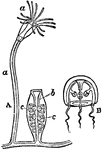
Campanularia
"Diagram of a colony of Campanularia, showing four forms of persons. A, portion of a fixed colony; a,…
Auditory Nerve
"a, the osseous septum grooved for the passage of the cochlear nerve b, which terminates by a free end…
Barometer
"A glass tube about 33 inches in length, open at one end, is completely filled with mercury, and being…

Agnostus Nudus
"Four stages in the development of the trilobite Agnostus nudus. A, Youngest stage with no mesosomatic…

Sao Hirsuto
"Five stages in the development of the trilobite Sao hirsuta. A, Youngest stage. B, Older stage with…
